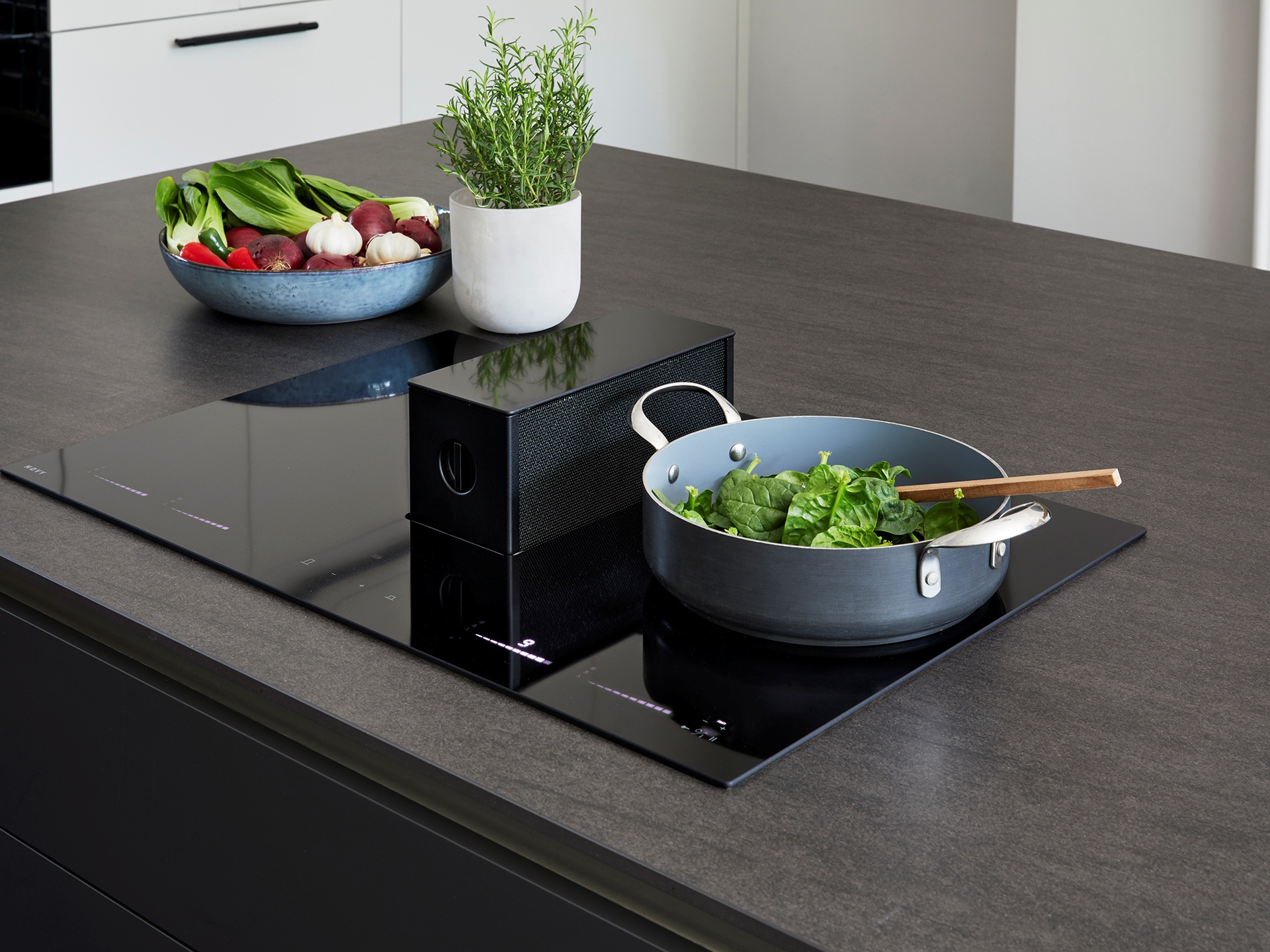Are gas hobs really dangerous? The pollutants they emit and how to deal with them
There are hazards posed by cooking with gas at home, but there are ways to combat the issues.
Although induction hobs have grown in popularity, there are still many new gas hobs sold every year, and a huge number of UK households have one. As well as being cheaper to run, many people like the visual feedback that gas gives, finding it easier to cook on this style of hob. Ovens are largely electric, but there are still many gas ovens in homes.
Until recently, nobody thought much about this, but increasingly, it is being recognised that NO2 and other gases produced when we cook with gas can be a problem indoors as well. There is evidence that ongoing exposure to the gases generated by cooking indoors using natural gas can contribute to a whole range of health problems, from some learning difficulties and asthma in children to problems with lung function and cardiovascular health in adults.

- Image credit: Pexels/Gary Barnes
Gas stoves became a culture wars hot topic in the US in 2023 as Republicans claimed the nanny state was about to ban them. This came after a study that estimated that 13% of childhood asthma in the US is attributable to living in homes that use gas for cooking. That’s quite a shocking figure, but it’s a complicated issue.
Gas hobs certainly do produce carbon monoxide, carbon dioxide and NO2 in use, and can leak methane and benzene when they are off. And none of these are things you want to be inhaling a lot of. That’s on top of the climate issues of using fossil fuels; to hit net zero targets Oxford is proposing that gas will be banned for heating and cooking in all new developments from 2025.
You can find out more about the health impact of gas from this report from CLASP (the Collaborative Labelling and Appliance Standards Program, a not-for-profit that has done a lot of research on the topic).
How to use gas safely
If you already have a gas cooker, there is no need to rip it out. Just follow a few basic clean-air habits. First, you should always use your cooker hood, turning it on before cooking with gas, and then leaving it to run for 10 minutes after you’ve finished cooking. This will help suck up any harmful particles. Remember to change the filter of your cooker hood regularly to keep it working at its best. When cooking, open a window to provide natural ventilation.
An air purifier with HEPA and activated charcoal filters can be added to your kitchen, which will help clean the air of any pollutants that your cooker hood hasn’t dealt with.
If you are installing a new cooker hood, a ducted one that vents to the outside is better than one that recirculates the air, as they’re more effective at getting rid of fumes.
It’s important to have gas appliances checked and serviced regularly, typically alongside a boiler service. Just in case an issue develops between services, you should have a carbon monoxide monitor in the kitchen.

- Image credit: Novy, Novy, One PRO vented downdraft induction hob,
Go electric
For environmental and health reasons, electric appliances are better. If you have a gas hob, then you can reduce the amount of time you use it by cooking, where possible, in an electric appliance, such as an air fryer or oven.
If you need a new hob, then an induction hob makes a lot of sense. These hobs cause the pan to heat up, rather than using a heating element. This does mean that you need induction-friendly pans for the tech to work, but induction cooking is faster and more efficient than gas (although the price of electricity compared to gas does mean that induction hobs are slightly more expensive to run).









